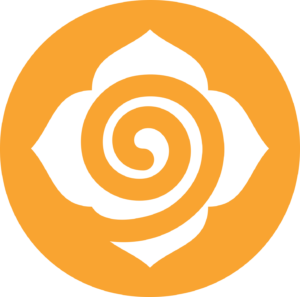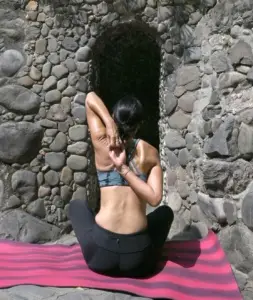
Migraines are intense headaches often accompanied by symptoms like nausea, sensitivity to light and sound, and throbbing pain. Mindful-based practices offer a holistic approach to managing migraines by reducing stress, promoting relaxation, and improving overall well-being. Incorporating specific mindful poses, breathing exercises, and meditation techniques can help alleviate migraine symptoms and reduce their frequency over time.
Benefits of Migraine Relief Therapy:
Considerations before Starting:
Mindful Poses for Migraine Relief:
Breathing Exercises for Migraine Relief:
Mindful Practice for Migraine Relief:
Summary with Tips:
By integrating these mindful poses, breathing exercises, and meditation techniques into your routine, you can effectively manage migraine symptoms and improve your overall quality of life. These practices offer natural, holistic approaches to reducing pain, promoting relaxation, and supporting your journey towards better health and well-being.

GoInwards is an IRS 501(c)(3) Non-Governmental Organization (NGO), chartered to advance wellness through integrative health related awareness, prevention, intervention, and resilience-based educational programs.
FEIN 90-0609802